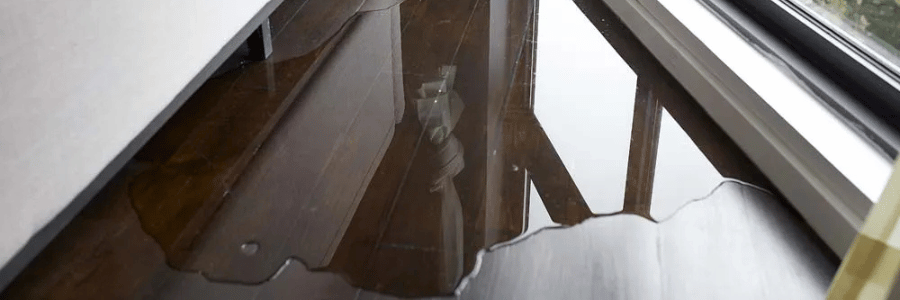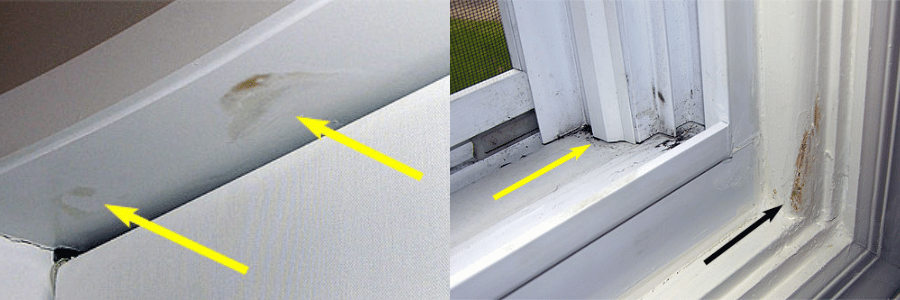Window leaks can be a frustrating problem for homeowners. Not only do they allow drafts and water into your home, but they can also lead to increased energy bills, mold growth, and potential structural damage over time. Fortunately, you don’t always need to hire a professional to fix them. With a little know-how and a few basic tools, you can handle most common window leaks yourself. Here’s a detailed step-by-step guide on how to fix window leaks and prevent them from recurring.
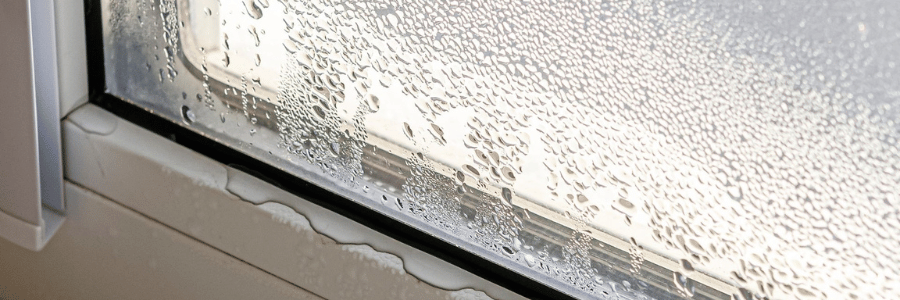
1. Identify the Leak
Before you can fix a window leak, the first step is to identify exactly where the water is coming in. Leaks are often hard to pinpoint because water may travel along the window frame or behind the trim, making it appear as though the leak is coming from a different area. Start by inspecting the window closely for visible signs of moisture. Check the corners, seams, and edges of the window frame and sill for water stains, mildew, or mold growth. If you notice water pooling on the sill or condensation between the panes, these are signs that your window is leaking.
Sometimes, the leak might be subtle and difficult to detect, especially in cases where the water only enters during heavy rain or high winds. In these cases, you might want to perform a “water test.” Have someone spray water around the window with a garden hose while you watch the inside for signs of leaking. This can help you identify the source of the leak more clearly.
2. Inspect Seals and Weatherstripping
One of the most common reasons for window leaks is worn-out or damaged weatherstripping. Weatherstripping is the material (usually rubber, foam, or vinyl) that forms a seal between the window and the frame. Over time, exposure to the elements can cause this material to deteriorate, crack, or pull away from the frame, allowing water and air to seep through.
To inspect the weatherstripping, run your fingers along the edges of the window frame where the weatherstripping meets the glass. Look for any visible gaps, tears, or cracks in the material. If you find any damage, it’s usually an easy fix. You can purchase replacement weatherstripping from most home improvement stores. Simply remove the old, worn-out weatherstripping, clean the surface, and apply the new material, making sure to press it firmly into place. If the weatherstripping is still in good condition but just a little loose, you can try to reattach it with a strong adhesive or caulk.
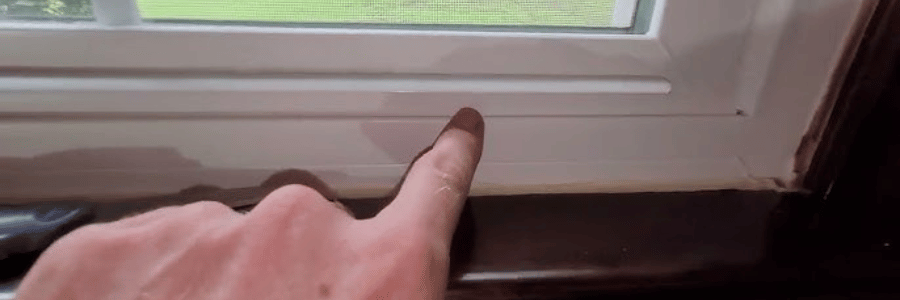
3. Caulk the Gaps
Caulking is another essential step in sealing window leaks. If there are any small gaps or cracks in the window frame or between the frame and wall, caulk can help to fill those spaces and prevent water from getting through. Even tiny cracks, if left unchecked, can eventually lead to bigger problems.
To fix leaks using caulk, start by cleaning the area around the gap. Use a utility knife or scraper to remove old, cracked caulk, then wipe the surface clean with a cloth. Choose a high-quality silicone or acrylic latex caulk that’s specifically designed for windows. Silicone caulk is waterproof and flexible, making it ideal for outdoor use, while latex caulk is easier to apply and clean up. Load the caulk into a caulk gun and apply a smooth, even bead along the gap. Use your finger or a caulk smoothing tool to press the caulk into the crack and ensure a tight seal. Be sure to smooth out any excess caulk for a clean finish.
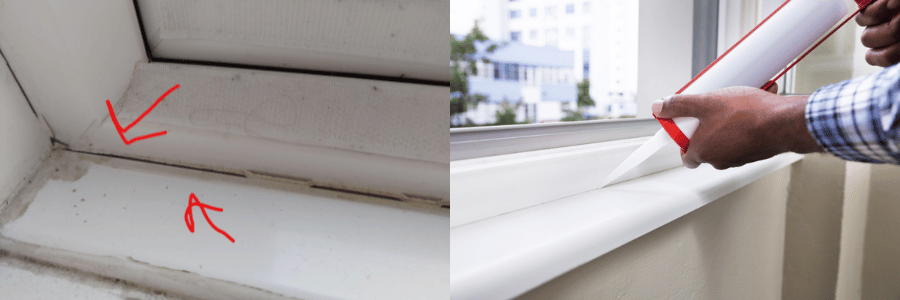
4. Check the Window Sill and Frame
Water leaks can also be caused by damaged window sills or frames. Over time, wood window sills can rot if they aren’t properly sealed, while aluminum or vinyl frames can warp or crack. If your window sill is made of wood, check for any soft spots or visible rot, which can allow water to seep through. If you detect any damage, it’s important to address it before it worsens.
If the sill is rotting, you may be able to repair it by removing the damaged area and filling it with wood filler or epoxy. Once the filler has dried, sand it smooth and apply a fresh coat of paint or sealant to protect it from future moisture. If the damage is extensive, however, you may need to replace the entire sill. For vinyl or aluminum frames, check for any gaps, cracks, or warping. Minor frame issues can sometimes be repaired by applying caulk or weatherstripping, but significant structural damage may require a full window replacement.
5. Maintain Proper Drainage
Windows are designed with weep holes—small drainage openings that allow water to escape from the window frame. If these holes become clogged with dirt, leaves, or debris, water can pool inside the frame, leading to leaks. It’s important to regularly clean the weep holes to ensure that water can drain freely.
To clean weep holes, use a small brush, like an old toothbrush, or a can of compressed air to clear out any debris. You can also use a damp cloth to wipe around the holes and remove any build-up. Additionally, check the exterior of your window for any landscaping or debris that may be blocking proper water flow. Ensure that gutters and downspouts are clear of leaves and other blockages, as clogged gutters can direct water toward the window rather than away from it.
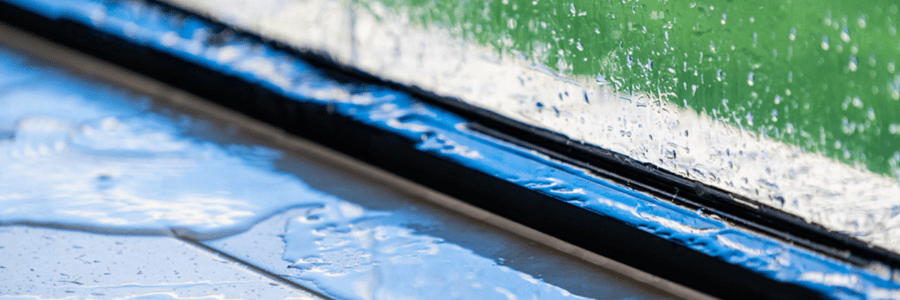
6. Replace or Reseal Windows if Necessary
If your windows are old or if the leaks persist despite your efforts to seal and repair them, it may be time to consider replacing or resealing your windows. Over the years, window seals can break down, and the overall window unit may lose its effectiveness. In some cases, resealing the window by applying fresh sealant around the frame and glass can extend the life of the window. However, if the window itself is showing signs of significant wear or damage, replacing the window may be the best long-term solution.
Window replacement can be an investment, but it can also improve the energy efficiency of your home and eliminate ongoing maintenance issues. If your windows are drafty, hard to open, or have cracked glass, it may be worth getting a professional assessment and considering an upgrade to more energy-efficient models.
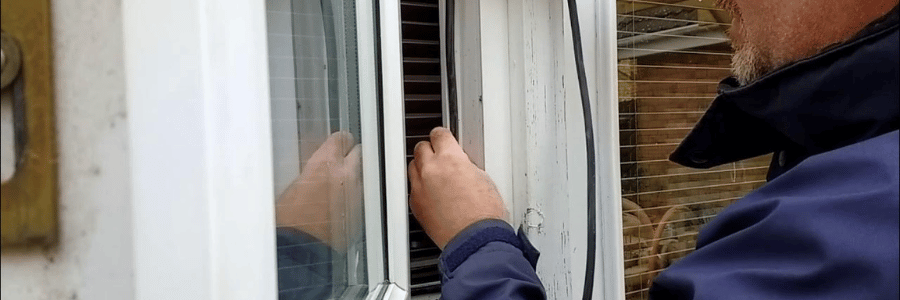
Conclusion
Dealing with window leaks can be a manageable DIY project, especially if you catch the issue early. Regular maintenance is key to preventing water damage and improving the comfort of your home. By identifying leaks, inspecting seals and weatherstripping, caulking gaps, and ensuring proper drainage, you can significantly reduce the chances of leaks. In some cases, more extensive repairs or window replacement may be necessary, but with the right approach, you can keep your windows—and your home—dry and energy-efficient for years to come.
By staying proactive and performing periodic window inspections, you can avoid costly repairs and maintain a comfortable, well-insulated home all year round.

